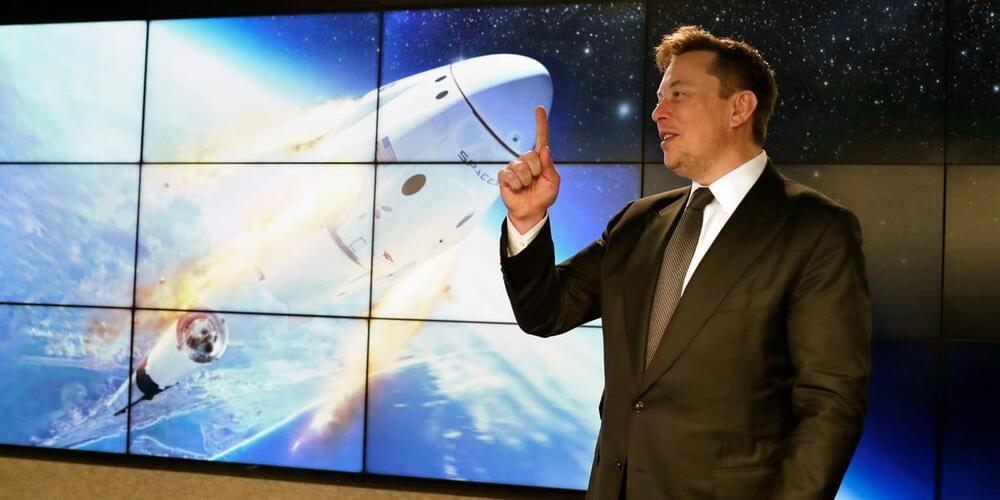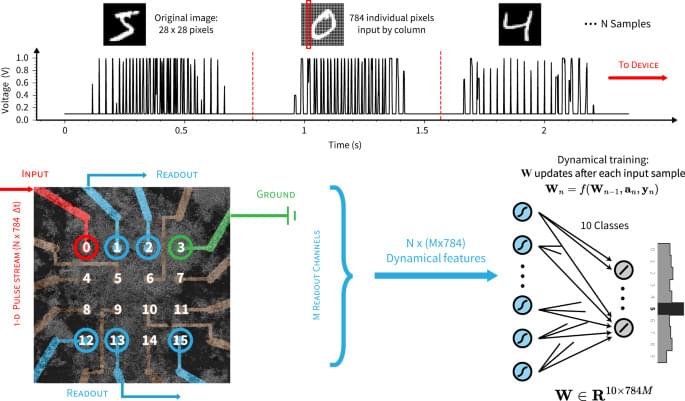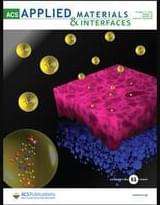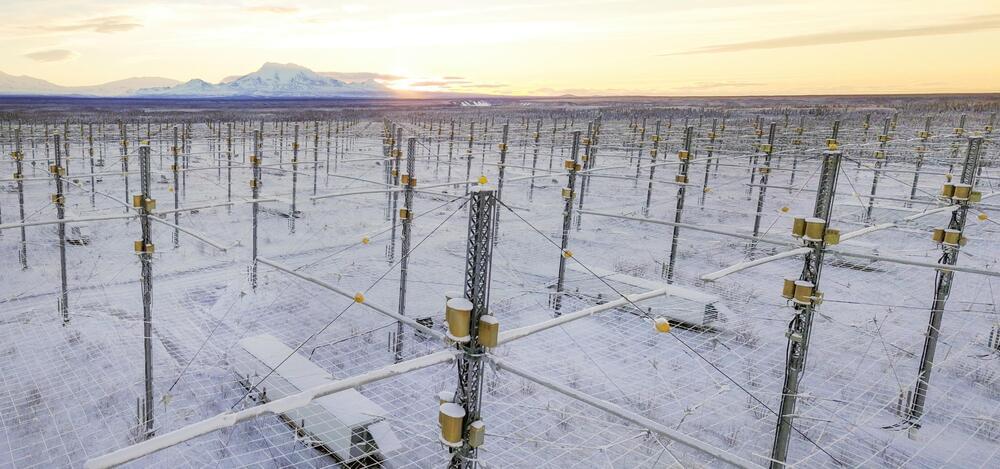Ron Baron previously predicted that Tesla will be valued at $4 trillion within a decade, calling the EV maker’s CEO Elon Musk a “brilliant guy.”
Scientists teach parrots to trade metal rings for walnuts.
Animals often share food, but these birds understand that metal rings can be exchanged for treats, and they share the rings with no promise of reward.
Designing efficient neuromorphic systems based on nanowire networks remains a challenge. Here, Zhu et al. demonstrate brain-inspired learning and memory of spatiotemporal features using nanowire networks capable of MNIST handwritten digit classification and a novel sequence memory task performed in an online manner.
This work explores the potential for additive manufacturing to be used to fabricate ultraviolet light-blocking or photocatalytic materials with in situ resource utilization, using a titania foam as a model system. Direct foam writing was used to deposit titania-based foam lines in microgravity using parabolic flight. The wet foam was based on titania primary particles and a titania precursor (Ti (IV) bis(ammonium lactato) dihydroxide). Lines were also printed in Earth gravity and their resulting properties were compared with regard to average cross-sectional area, height, and width. The cross-sectional height was found to be higher when printing at low speeds in microgravity compared to Earth gravity, but lower when printing at high speeds in microgravity compared to Earth gravity. It was also observed that volumetric flow rate was generally higher when writing in Earth gravity compared to microgravity. Additionally, heterogeneous photocatalytic degradation of methylene blue was studied to characterize the foams for water purification and was found to generally increase as the foam heat treatment temperature increased. Optical and scanning electron microscopies were used to observe foam morphology. X-ray diffraction spectroscopy was used to study the change in crystallinity with respect to temperature. Contact angle of water was found to increase on the surface of the foam as ultraviolet light exposure time increased. Additionally, the foam blocked more ultraviolet light over time when exposed to ultraviolet radiation. Finally, bubble coarsening measurements were taken to observe bubble radius growth over time.
Induce lucid dreams on demand to unravel the mystery of consciousness.
The combination of ultrasound and machine learning models (created using EEG & fMRI data) allows us to detect when dreamers are in REM to induce and stabilize lucid dreams.
A team of George Mason University scientists has received a federal grant of more than $13 million to work with the Department of the Navy to study and better understand increased solar activity that could potentially cause an “internet apocalypse” disrupting all electronic communications on Earth, including satellite communications.
Research from the grant, which will total $13.6 million in expenditures over five years, will be done in collaboration with the Naval Research Laboratory (NRL), and will include state-of-the-art data mining, analysis, and scientific modeling, among other endeavors, led by Mason faculty, students and staff. Under the terms of the contract, Mason provides scientific support for a broad range of astronomy-related activities that are of interest to the U.S. Navy and the nation at large.
“The main focus is on solar activity and the way it can impact systems on Earth,” said principal investigator Peter A. Becker, a professor in the Department of Physics and Astronomy within the College of Science. “This is especially important to the Navy—and more broadly the Department of Defense—because high-energy outbursts from the sun can have a strong negative impact on earthly radio and internet communications. And they can also have a detrimental effect on navigation systems and energy grids on Earth.”
Scientists using NASA’s James Webb Space Telescope just made a breakthrough discovery in revealing how planets are made. By observing water vapor in protoplanetary disks, Webb confirmed a physical process involving the drifting of ice-coated solids from the outer regions of the disk into the rocky-planet zone.
Theories have long proposed that icy pebbles forming in the cold, outer regions of protoplanetary disks — the same area where comets originate in our solar system — should be the fundamental seeds of planet formation. The main requirement of these theories is that pebbles should drift inward toward the star due to friction in the gaseous disk, delivering both solids and water to planets.
A fundamental prediction of this theory is that as icy pebbles enter into the warmer region within the “snowline” — where ice transitions to vapor — they should release large amounts of cold water vapor. This is exactly what Webb observed.
Optimal culture conditions for cynomolgus monkey naive embryonic stem cells and improved procedures for chimeric embryo culture were developed to allow for high (20%–90%) donor cell contribution to chimeric monkeys.
Alaskans and visitors may be able to see an artificial airglow in the sky created by the High-frequency Active Auroral Research Program during a four-day research campaign that starts Saturday.
Scientists from the University of Alaska Fairbanks, Cornell University, University of Colorado Denver, University of Florida and Georgia Institute of Technology will conduct a variety of experiments at the UAF-operated research site.
The experiments will focus on the ionosphere, the region of the atmosphere between about 30 and 350 miles above the Earth’s surface.
Adoptive cell therapy has emerged as a promising alternative treatment for hematological and solid cancers, with CAR-T therapy standing out as a prominent avenue. In this approach, T cells are genetically engineered with chimeric antigen receptors (CARs) to enhance their targeting capabilities1–2. The outcome of CAR-T cell therapy hinges on a complex interplay of phenotype, activation, and functional profiling of these engineered cells. Immunophenotypic characterization of CAR-T cells assumes a pivotal role in ensuring treatment quality and facilitating continuous monitoring of treatment response1. In the process of immunophenotyping, engineered T cells are separated based on their markers to characterize the composition of the cell population within the sample. The strategic identification and isolation of specific CAR-T cell subsets is essential in augmenting therapy responses2.
Deciphering Cellular Composition, Defining CAR-T Therapy Efficacy
Immunophenotyping is a pivotal technique that combines specific antibodies with fluorescent compounds to reveal specific protein expression in cell populations to identify categorize the tagged cells. Immunophenotyping leverages the differences in surface markers among T cells, reflecting their differentiation, activation, and memory status2. These markers provide insights into immune cell development, function, proliferation potential, and long-term viability. The distinct surface marker profiles closely correlate with the efficacy of CAR-T cell therapy3. Essential markers for immunophenotypic analysis, including CD3, CD4, CD8, CD45RA, CD34R0, CCR7, CD27, and CD95, are presented in Table 1.








